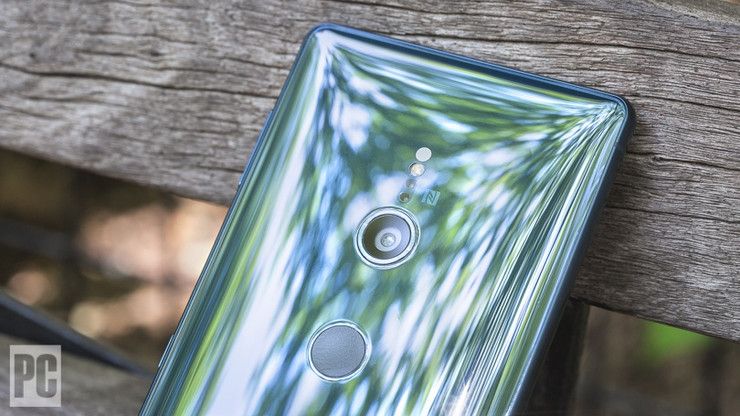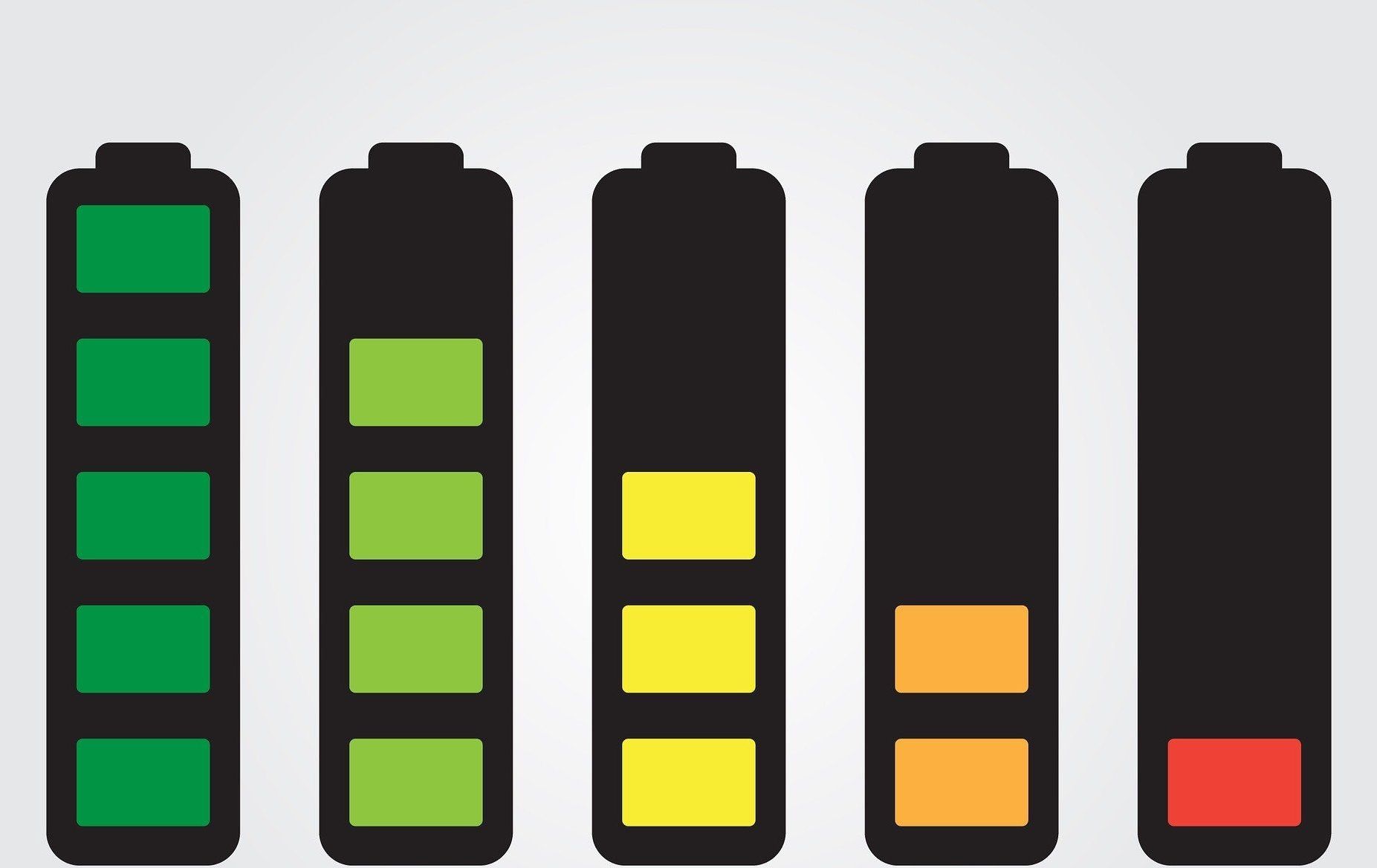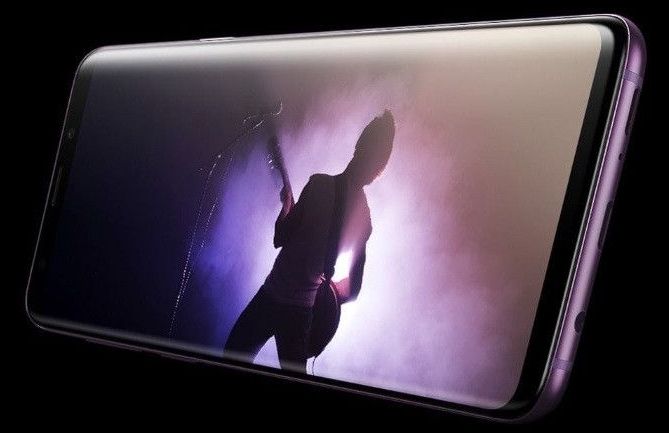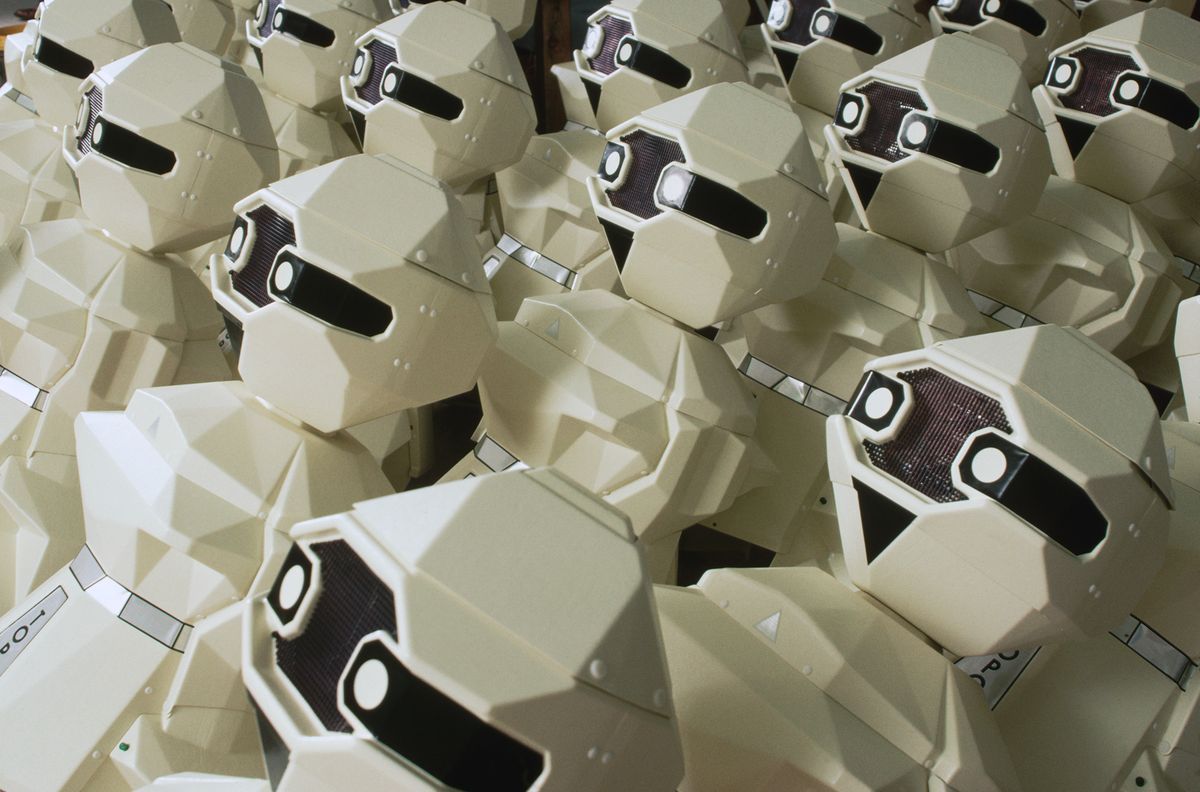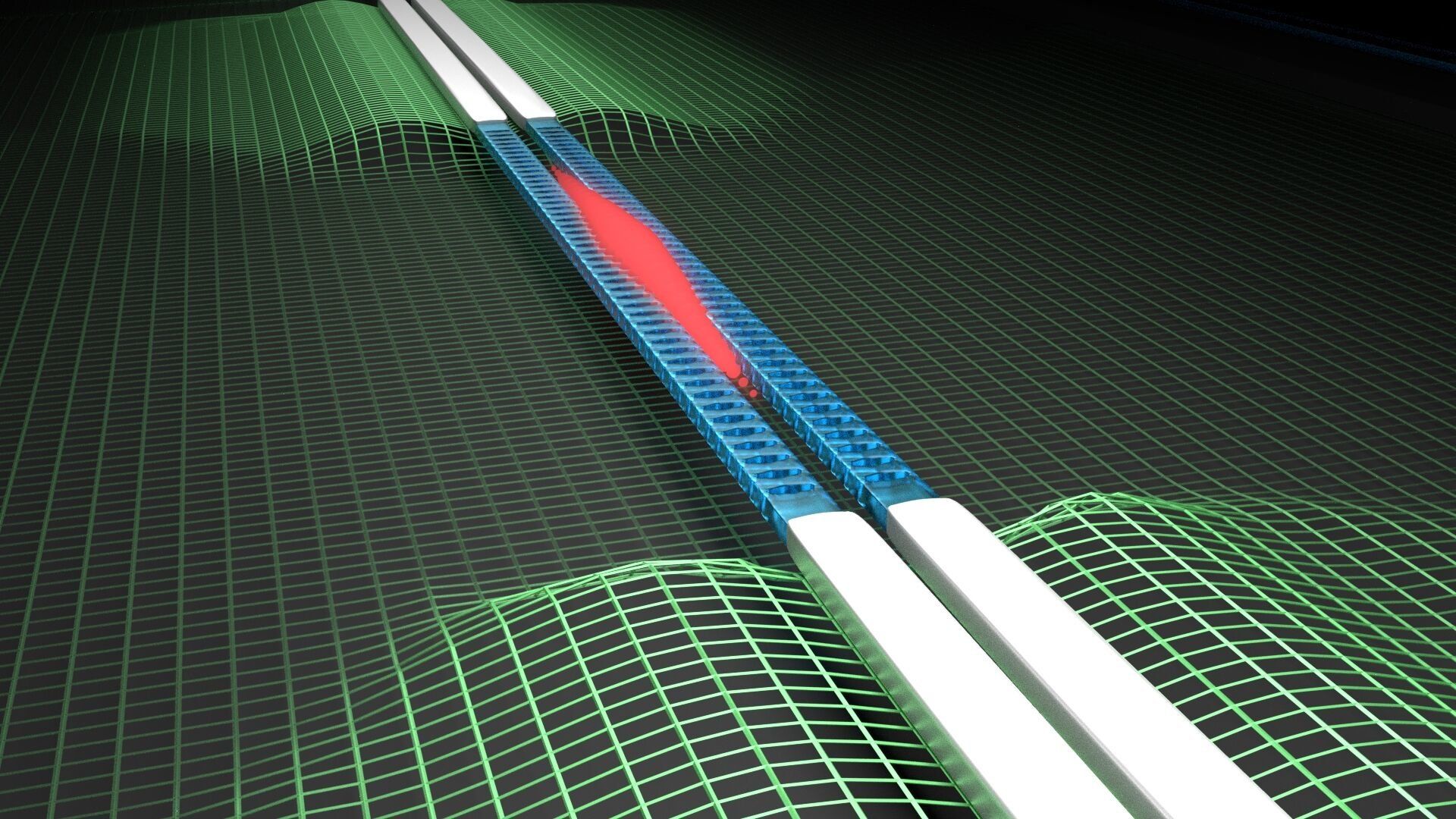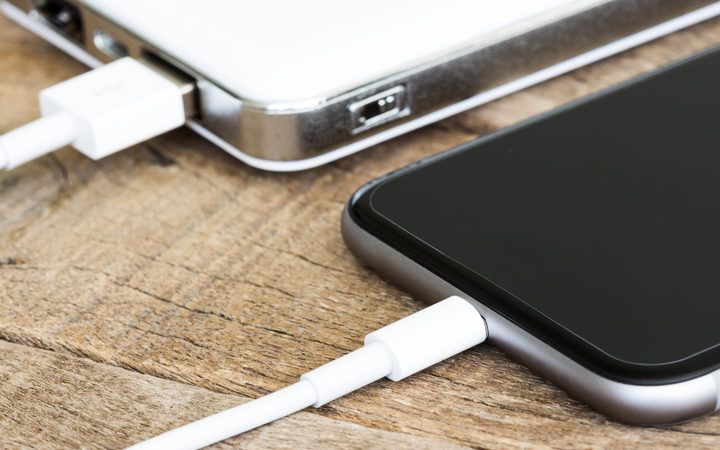Jul 28, 2018
The Human Advantage Over AI — Artificial Intelligence
Posted by Dave Holt in categories: biological, mobile phones, robotics/AI
Be sure to check out Ruby® Receptionists. They are the only virtual receptionist service dedicated to creating personal connections with your callers—building trust with every call and increasing the likelihood you’ve secured a customer for life. Why not stabilize your receptionist position with an outstanding virtual service. You can also try out Ruby® Receptionists and save $75 off their first full month’s invoice by clicking on the link!
https://bit.ly/2lDMR0T
“Artificial Intelligence is not just a large part of a technological revolution, it’s a major part of a human evolution of going beyond the limits of an environmentally programmed human biological operating system.”
Continue reading “The Human Advantage Over AI — Artificial Intelligence” »


